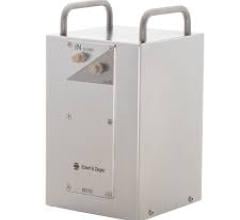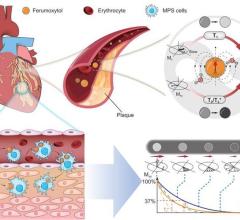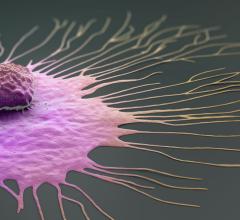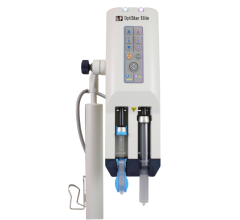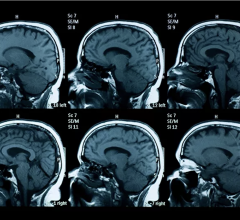February 7, 2013 — Performing heart surgery on the same day as angiography is now confirmed as a risk factor for acute kidney injury (AKI), and hospital policy limiting the practice for elective cardiac surgery has significantly reduced the rate of AKI, according to a study published in the February 2013 issue of The Annals of Thoracic Surgery.
Although previous research has shown that performing diagnostic angiography and cardiac surgery on the same day is associated with increased risk of contrast-induced kidney injury, this study is the first to confirm causation and explore results following a change in hospital policy reducing this practice.
Researchers from Istituto di Ricovero e Cura a Carattere Scientifico (IRCCS) Policlinico San Donato in Milan, Italy, examined data from 4,440 patients who underwent cardiac surgery and received a diagnostic angiography prior to surgery.
“Both cardiac surgery and the use of contrast media are risk factors for AKI. It appears that the combination of these factors on the same day significantly increases the risk,” said lead author Marco Ranucci, M.D.
AKI after cardiac surgery is a severe complication that is associated with a high risk of mortality. AKI comprises three stages of increasing severity from stage 1 to stage 3.
The researchers observed a significantly higher rate of AKI stage 1 in patients operated on the same day as angiography versus patients operated on 3 days later (18.5 percent vs. 13.5 percent, respectively). Additionally, the incidence of AKI stage 2 or 3 was significantly higher (7.8 percent) in patients who were operated on the same day as angiography than in patients operated on 1 day or 3 days after angiography (4.4 percent and 3.9 percent, respectively).
Overall, surgery on the same day as angiography was significantly associated with AKI stage 2 or 3 and any AKI, and an institutional policy limiting the practice of surgery on the same day as angiography resulted in a significant decrease in AKI stage 1 (30 percent) and a significant decrease of any AKI (42 percent).
“We recommend that angiography on the same day as surgery should be avoided or at least limited to low-risk cases. In patients at high risk for AKI, such as elderly patients or patients with pre-existing renal dysfunction, surgery should be planned at least 24 hours after angiography,” Ranucci concludes. “Since no randomized controlled trials are possible in this area, recently released guidelines offer the best possible level of evidence.”
Hospital policy can reduce risk of kidney injury
In an invited commentary in the same issue, Jeremiah R. Brown, Ph.D., MS, an assistant professor at The Dartmouth Institute for Health Policy and clinical practice at the Geisel School of Medicine in Hanover, N.H., wrote that the results from Ranucci and colleagues presents a convincing case for setting hospital policy to limit the use of same-day cardiac catheterization for non-emergent cardiac surgery.
Brown said that Ranucci and his colleagues demonstrated great success in improving important patient outcomes and quality of care with a simple institutional policy change to eliminate the practice of same-day cardiac catheterization for non-emergent cardiac surgery.
In the meantime, Brown recommended that patients work with their physicians to reduce risk of kidney injury by planning to complete a cardiac catheterization ahead of time: “Talk with your surgeon about having a diagnostic angiography at least two days ahead of planned cardiac surgery. There are rare circumstances for invasive diagnostic tests to be performed on the same day for non-emergent cardiac surgery. Hospital policies can be implemented to reduce the practice of same-day catheterization for cardiac surgery and minimize kidney injury,” said Brown


 July 09, 2024
July 09, 2024 



